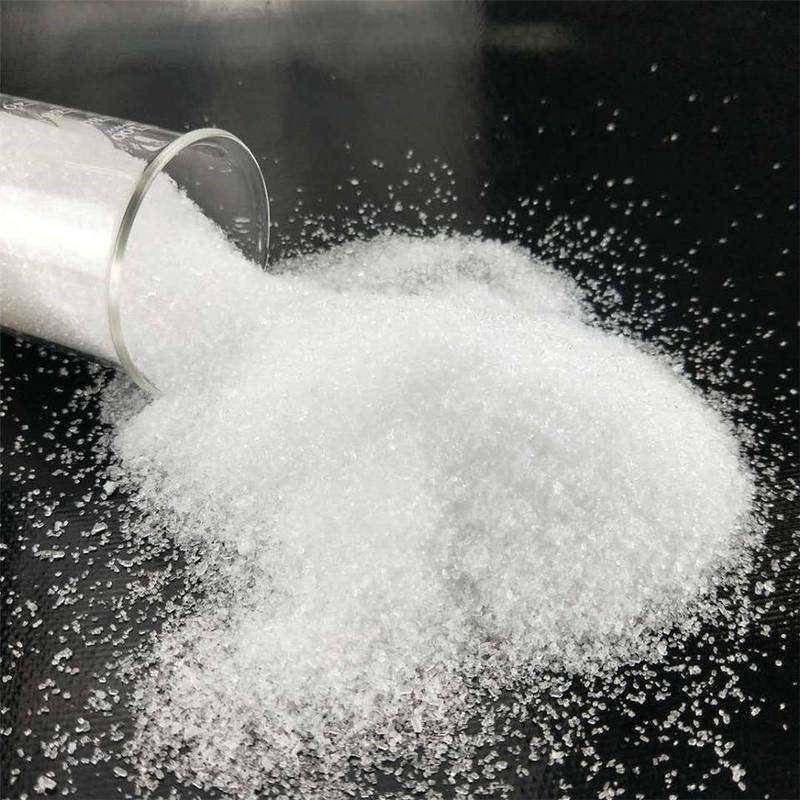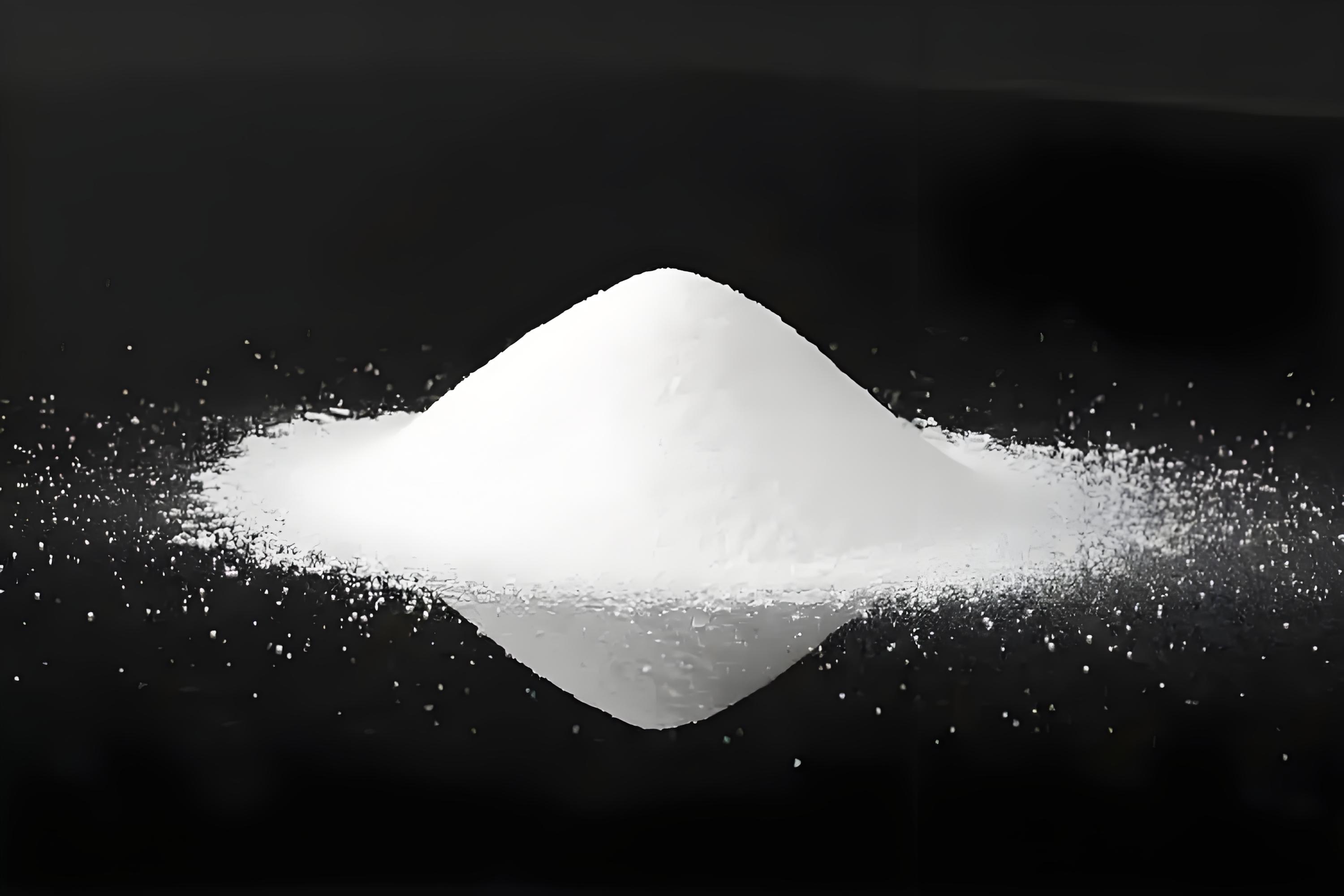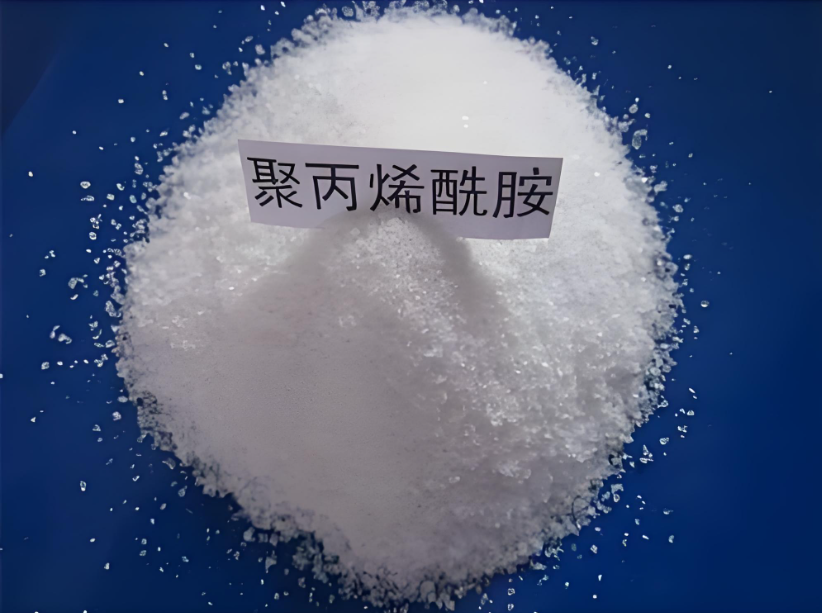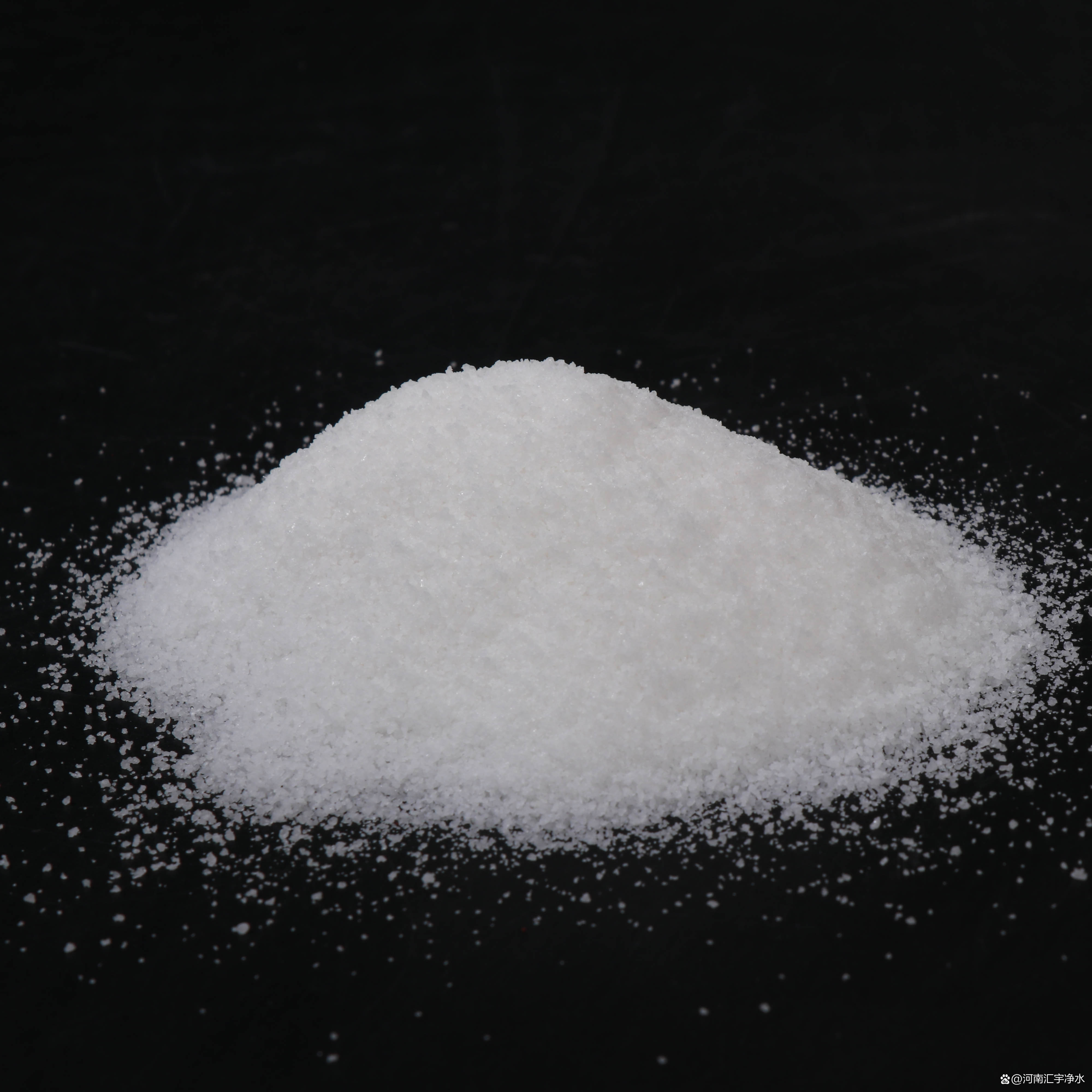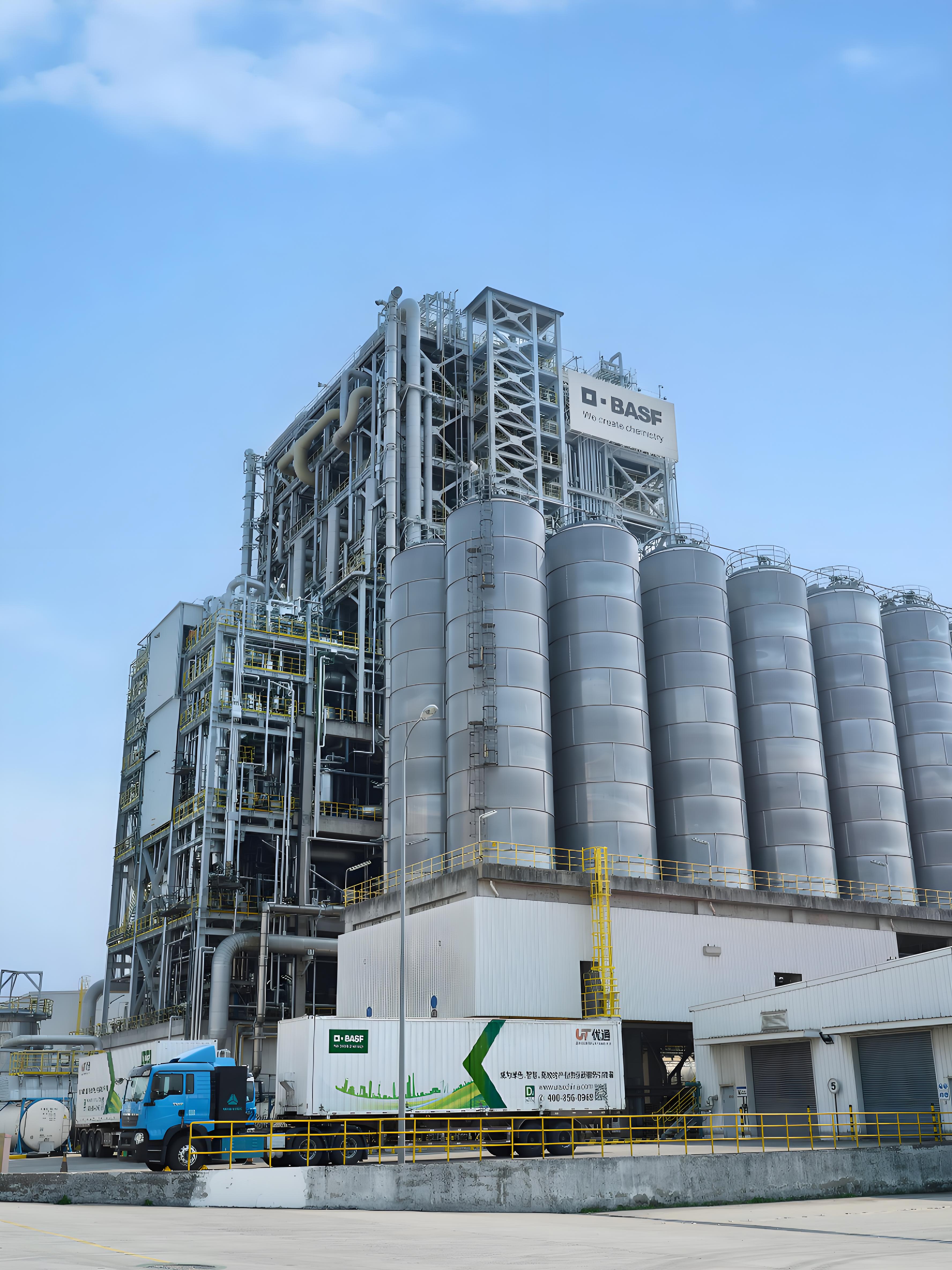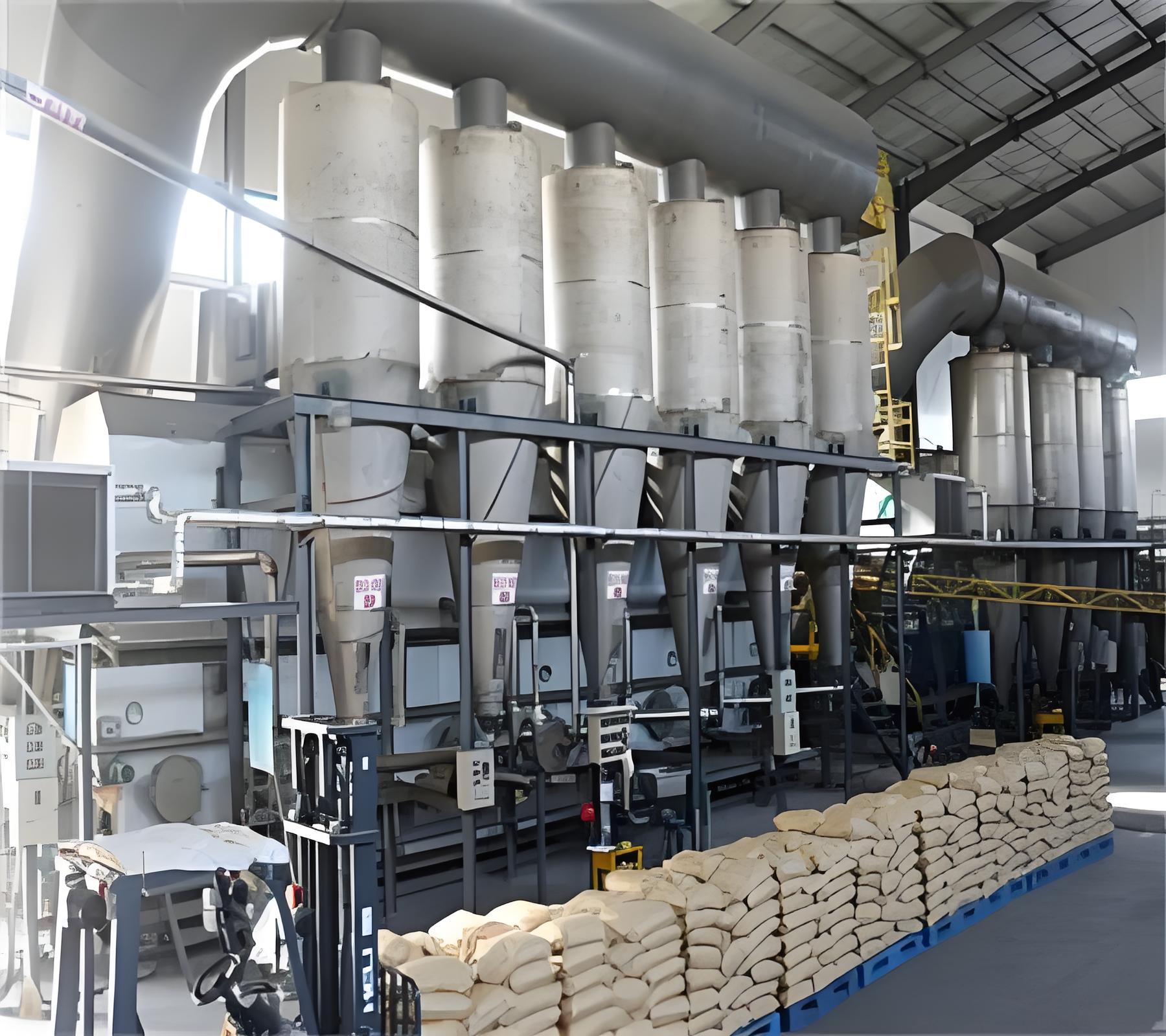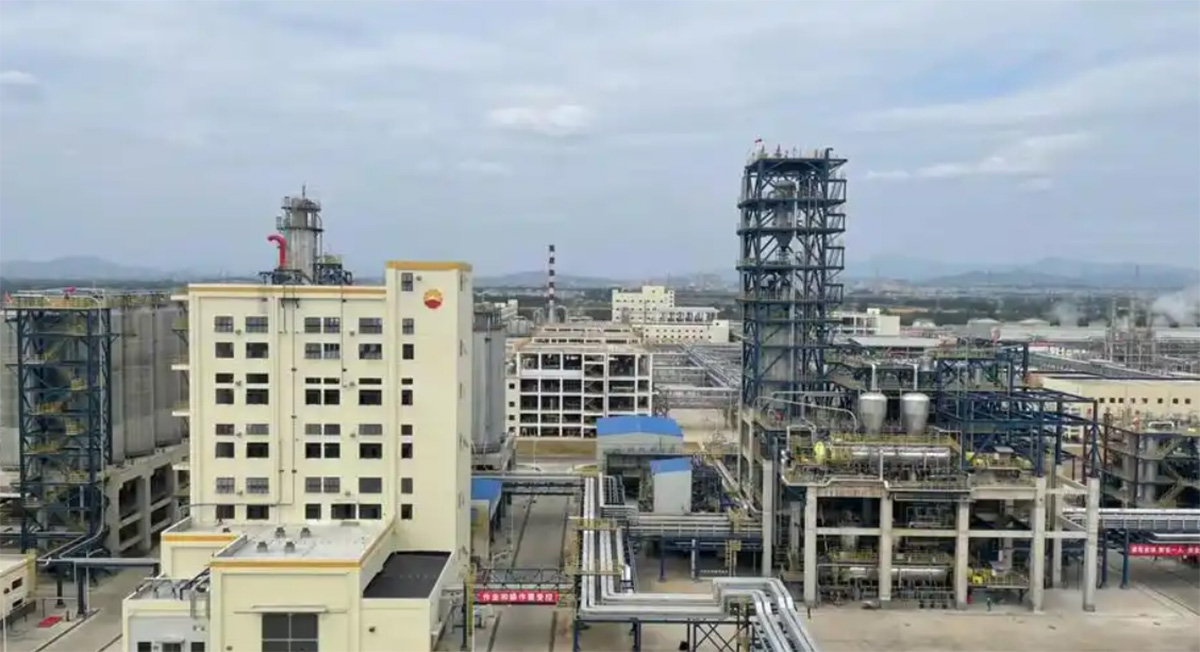According to the actual working conditions on site, dongkai company provides feasibility analysis, process design, engineering equipment, commissioning and installation of PAM pneumatic conveying system with turnkey engineering services
Contact UsPolyacrylamide, abbreviated as PAM, is a linear water-soluble polymer compound and one of the most widely used varieties in water-soluble polymers. Polyacrylamide and its derivatives are collectively referred to as polyacrylamide, and the molecular formula of pure polyacrylamide is (CH2CHCONH2) n. Polyacrylamide is a white powder, non-toxic, and has good thermal stability at 100 ℃. However, when the heating temperature is too high (above 150 ℃), it will decompose into nitrogen gas; Easy to dissolve in water, hygroscopic, insoluble in general organic solvents such as benzene, esters, and acetone. Polyacrylamide has good biocompatibility and high viscosity, and can be well mixed with general surfactants. Its polymerization degree can reach up to 10000-90000, and the corresponding molecular weight can reach up to 1.5-6 million. Its coagulation effect lies in its strong adsorption on the surface of colloids, forming bridging between colloidal particles.
Physical and chemical properties:
Polyacrylamide is a water-soluble linear polymer formed by free radical initiated polymerization of acrylamide (AM) monomer. It has good flocculation properties and can reduce the frictional resistance between liquids. It can be divided into four types based on ionic properties: non-ionic, anionic, cationic, and amphoteric. Polyacrylamide (PAM) is insoluble in most organic solvents such as methanol, ethanol, acetone, ether, fatty hydrocarbons, and aromatic hydrocarbons, except for a few polar organic solvents such as acetic acid, acrylic acid, chloroacetic acid, ethylene glycol, glycerol, molten urea, and formamide. But these organic solvents have limited solubility and often require heating, otherwise they have little practical value. It can dissolve in water in any proportion, and the aqueous solution is a uniform and transparent liquid. The molecular weight has little effect on the solubility, but when the solution concentration is higher than 10%, the polymer with high molecular weight can show a gel like structure due to intermolecular hydrogen atom bonding. High molecular weight solutions are pseudoplastic fluids.
Polyacrylamide is a white powder or small granular material with a density of 1.302g/cm3 (23 ℃), a glass transition temperature of 153 ℃, and a softening temperature of 210 ℃. It generally contains a small amount of water when dried, and quickly absorbs water from the environment when dried. The homopolymer separated by freeze-drying is a white, soft, non crystalline solid, but when precipitated and dried from the solution, it becomes a glass like partially transparent solid. Fully dried polyacrylamide PAM is a brittle white solid. Commercial polyacrylamide is usually dried under moderate conditions with a water content of 5% to 15%. Polymer films prepared by casting on glass plates are transparent, hard, and fragile solids.
